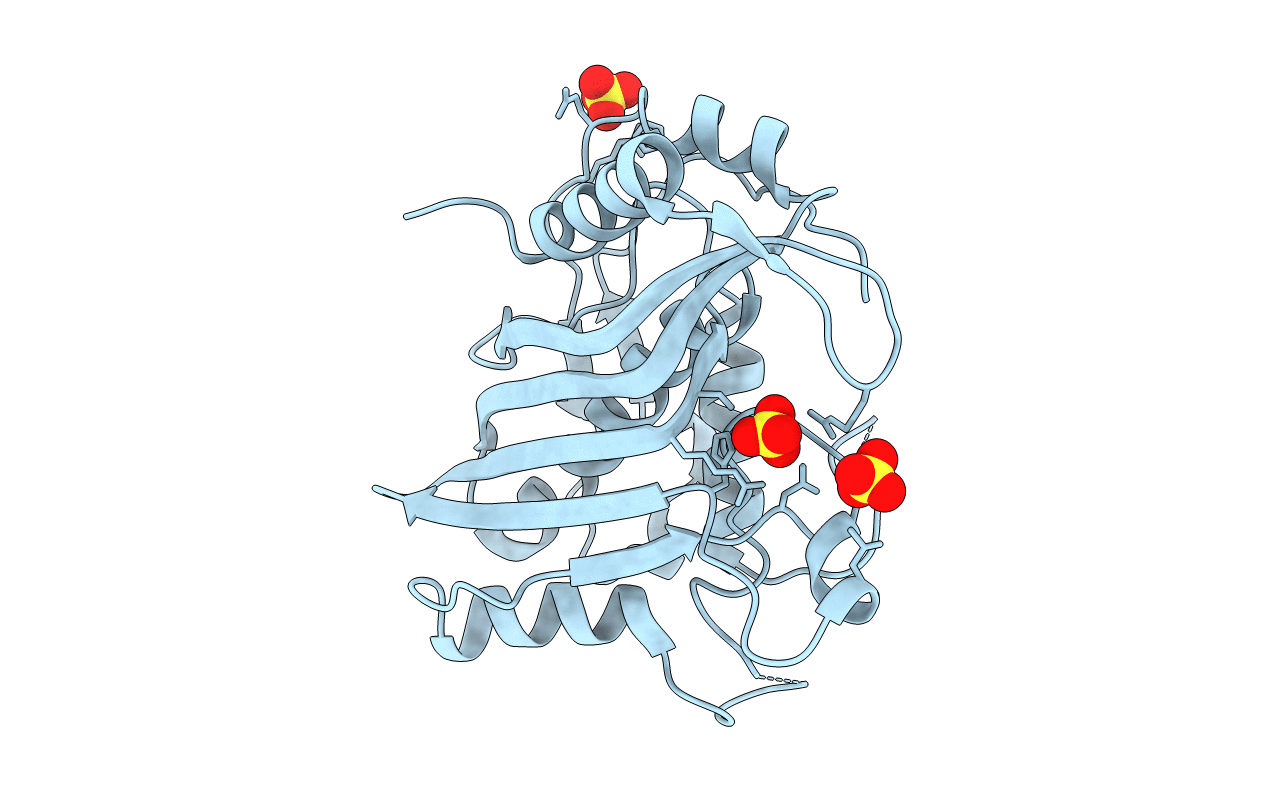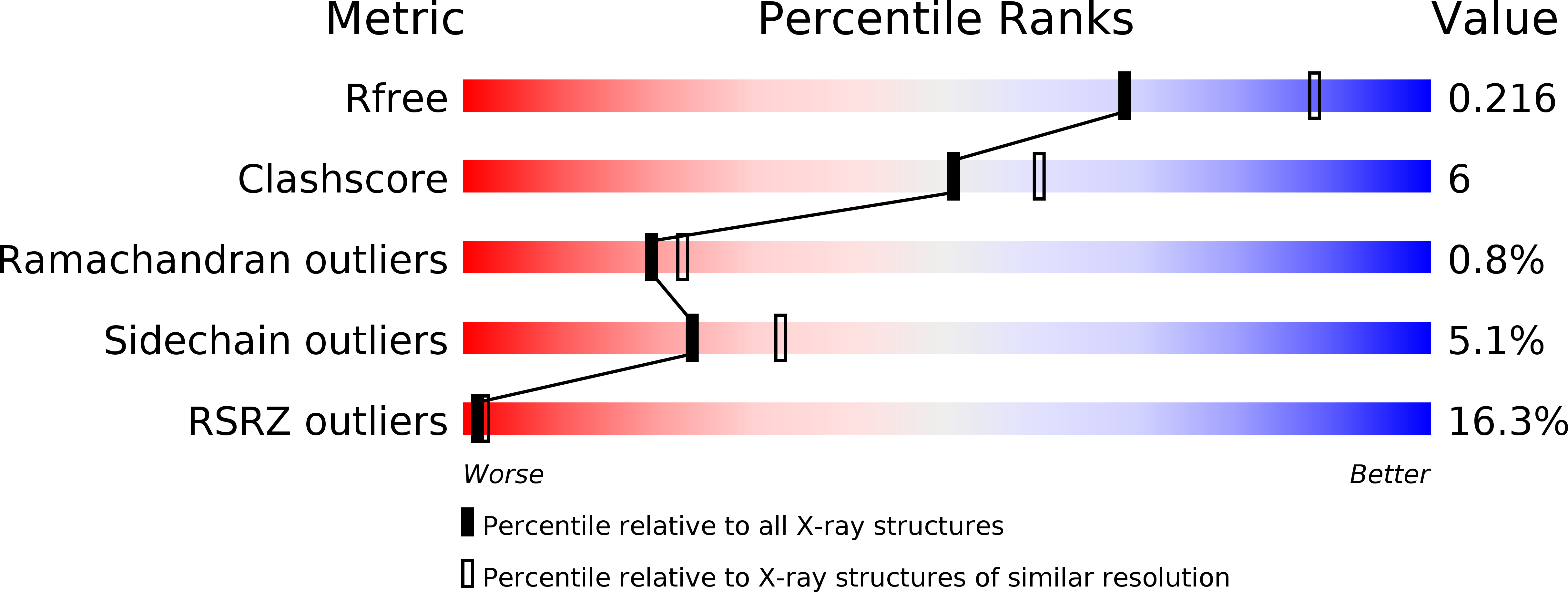
Deposition Date
2013-02-26
Release Date
2014-08-20
Last Version Date
2024-10-16
Entry Detail
PDB ID:
4JEF
Keywords:
Title:
Crystal structure of human thymidylate synthase Y202A in inactive conformation.
Biological Source:
Source Organism:
Homo sapiens (Taxon ID: 9606)
Host Organism:
Method Details:
Experimental Method:
Resolution:
2.31 Å
R-Value Free:
0.22
R-Value Work:
0.18
R-Value Observed:
0.18
Space Group:
P 31 2 1


